Ancient Encounters
Tibetan Market Delhi India
Mother Masala Tours
A Cultural Melting Pot
Tibetan Market Delhi India. A thriving place that represents the rich cultural heritage of Tibetan refugees who settled in India following the political turmoil in Tibet during the early 1960s. Named as such due to its concentration of Tibetan artisans and merchants, this market evolved from a small trading post to a bustling area filled with diverse shops. The first significant wave of Tibetian refugees arrived in 1959, following the Chinese invasion of Tibet, and many sought refuge in India, particularly in the Majnu Ka Tilla area, which is home to a sizable Tibetan community today.
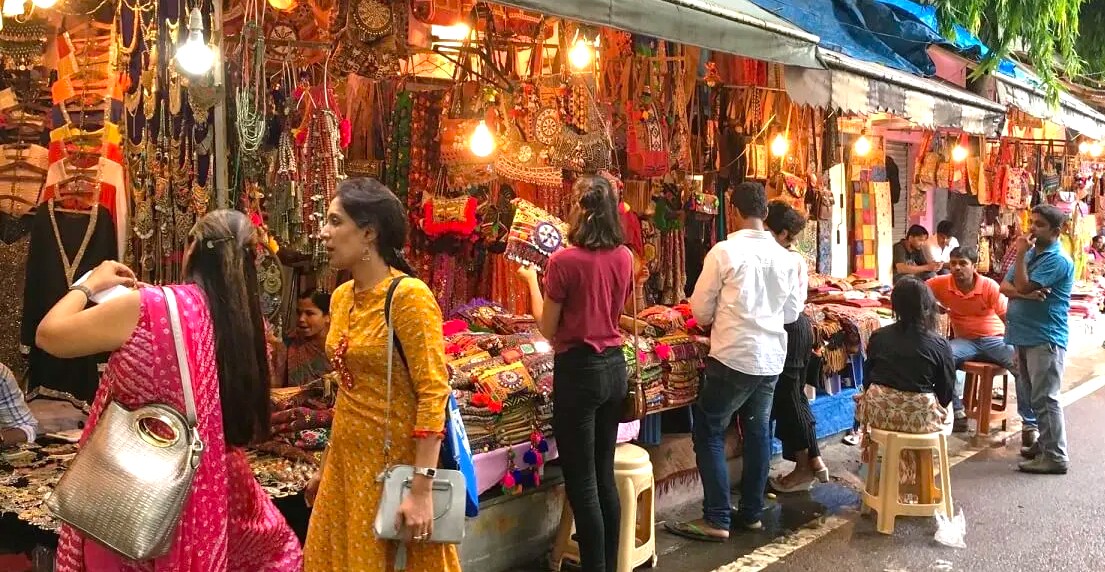
Tibetan Market Delhi India: Sacred Spaces
Among the most iconic products are handmade woolen garments, intricate jewelry, and beautifully crafted thangka paintings. The market is not only a shopping destination but also a cultural space where we can experience authentic Tibetan cuisine, including dishes like momos (dumplings) and thukpa - noodle soup. Here, the sense of community is palpable, as locals and those from around the world come to soak in the atmosphere.
Timeless Artifacts
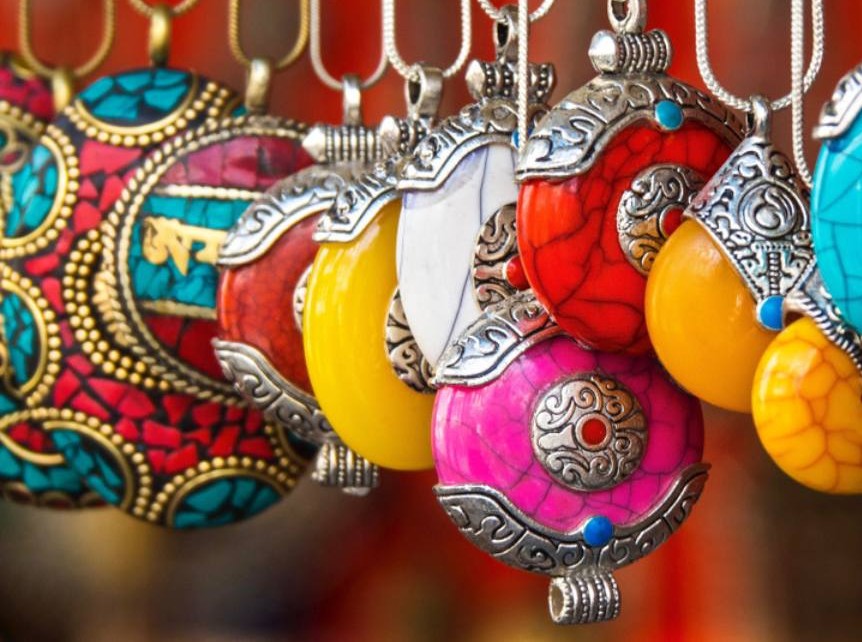
The Market is known for its unique collection of artifacts that reflect the cultural richness of Tibet. Shops feature crafted statues of Buddhist deities, prayer wheels, and traditional thangkas - religious scroll paintings that depict teachings and stories from Tibetan Buddhism. These items are more than objects of art, they serve as tools for meditation and spiritual contemplation, offering insight into Tibetan spiritual practices. Each piece carries a deep sense of peace and history, inviting quiet reflection. The vibrant colors and intricate details mesmerize. You truly connect with a profound spiritual tradition.
Ancient Mosaics: Impeccable Craftsmanship
Tibetan Market Delhi India. Artisan skills are at the forefront of what the Market offers, with local craftsmen creating an impressive array of handcrafted goods. The detailed craftsmanship seen in Tibetan jewelry, ceramics, and textiles stems from a long-standing tradition that emphasizes quality and artistry. Visitors can find beautifully crafted necklaces, bracelets, and earrings made from semi-precious stones and silver, showcasing intricate designs that reflect Tibetan symbolism. It's also filled with vibrant handmade textiles, including woolen sweaters, scarves, and traditional Tibetan aprons called chuba, which are not only functional but also represent cultural identity.
The Pulse of the Local Community
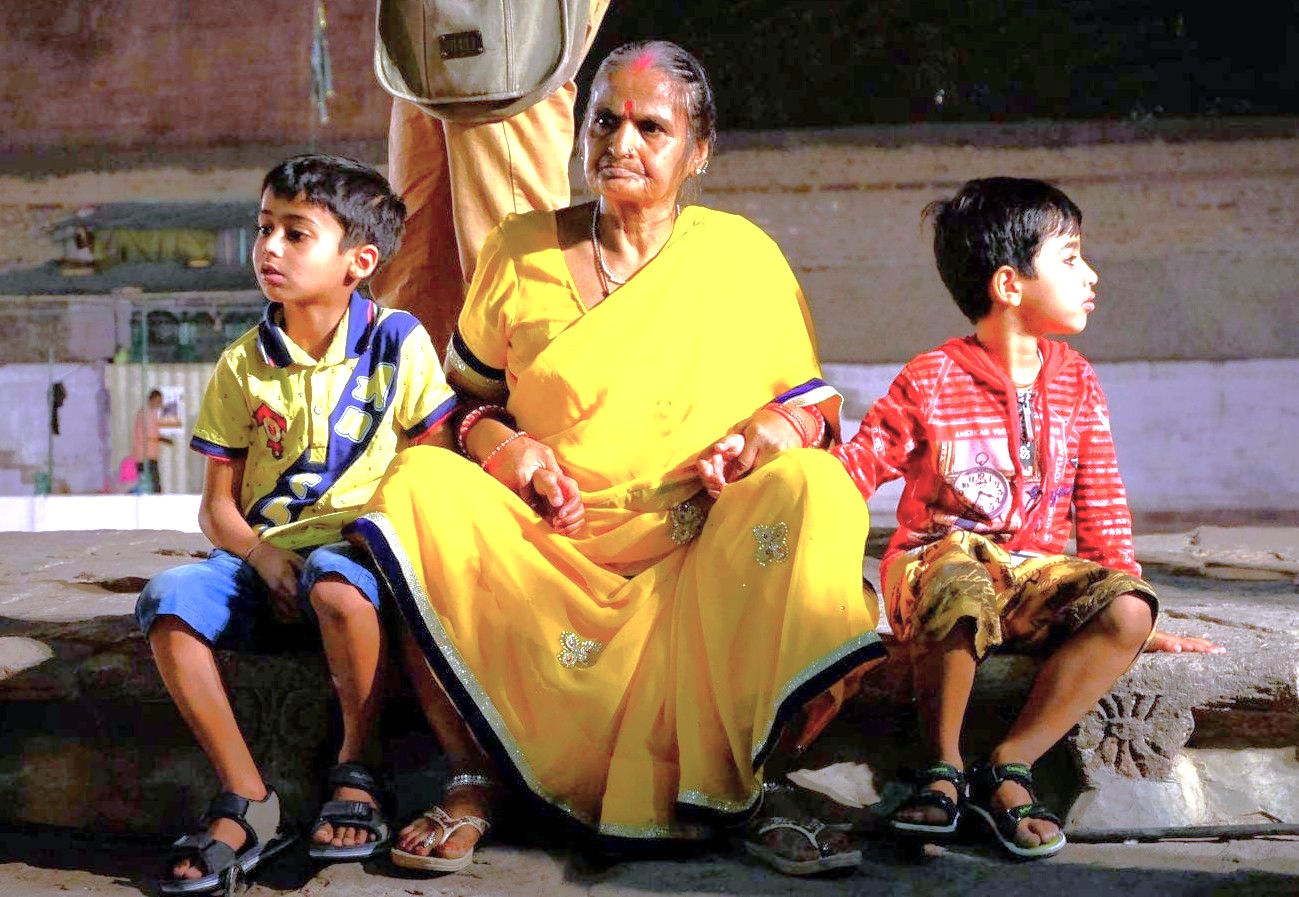
The atmosphere within the Market is infused with a sense of community and hospitality. Residents and merchants greet everyone warmly, contributing to a lively environment filled with the sounds of bargaining, laughter, and lively conversation. The locals embrace their culture and traditions, sharing stories that connect them to their roots. Many vendors are deeply engaged in their craft, often willing to explain the significance behind their products. This welcoming spirit makes every visit truly enriching. Discover genuine connections and insights into their heritage. Their passion for preserving traditions shines.
A Culinary Journey: Savor the Flavour
The culinary scene in the Market is a wonderful experience, offering authentic dishes that reflect the rich flavors of Tibetan cuisine. A must-try dish is momos, which are steamed dumplings filled with a variety of ingredients, including vegetables or meat, served with a spicy dipping sauce. Another popular dish is thukpa, a noodle soup that blends fresh vegetables, meat, or tofu in a flavorful broth seasoned with aromatic spices. As we stroll through the market, the enticing aroma of these dishes lingers in the air, inviting us to try local delicacies.
Capturing the Magic: A Photographic Haven
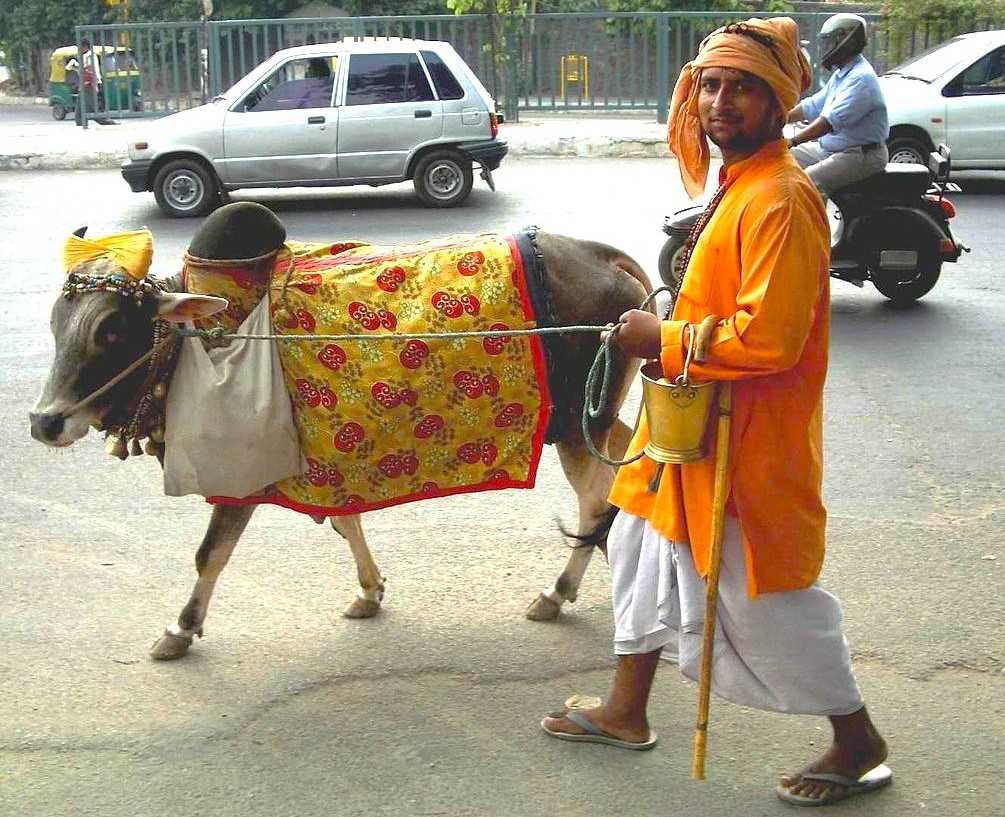
A fantastic opportunity for photography enthusiasts, with its colorful shops brimming with unique artifacts and goods. Capture the stunning sights of intricate jewelry, vibrant textiles, and beautifully crafted statues that symbolize Tibetan heritage. The lively interactions among the community members and rich cultural displays will enchant those looking to document their journey. Explore the lanes for those hidden spots and candid moments. The market offers a glimpse into Tibetan culture, making photograph's a story in itself. Each stall is a treasure trove of visual delights, begging to be immortalized. The play of light and shadow on the items creates wonderful scenes.
Festivals of Devotion: Honouring the Sacred and the Divine
Tibetan Market Delhi India. Throughout the year, the Tibetan Market becomes a lively center for various festivals that celebrate Tibetan culture and spirituality. One of the most notable celebrations is the Losar, or Tibetan New Year, which usually occurs in February or March, depending on the lunar calendar. During this time, the market comes alive with colorful decorations, traditional music, and dance performances. Another significant event is the Saga Dawa festival, celebrated in May or June, which honors the birth, enlightenment, and death of Buddha. During these festivals, stalls are often adorned with special items, and stalls serve traditional foods, creating an immersive atmosphere that showcases Tibetan customs and beliefs.
The Connection with the Gods
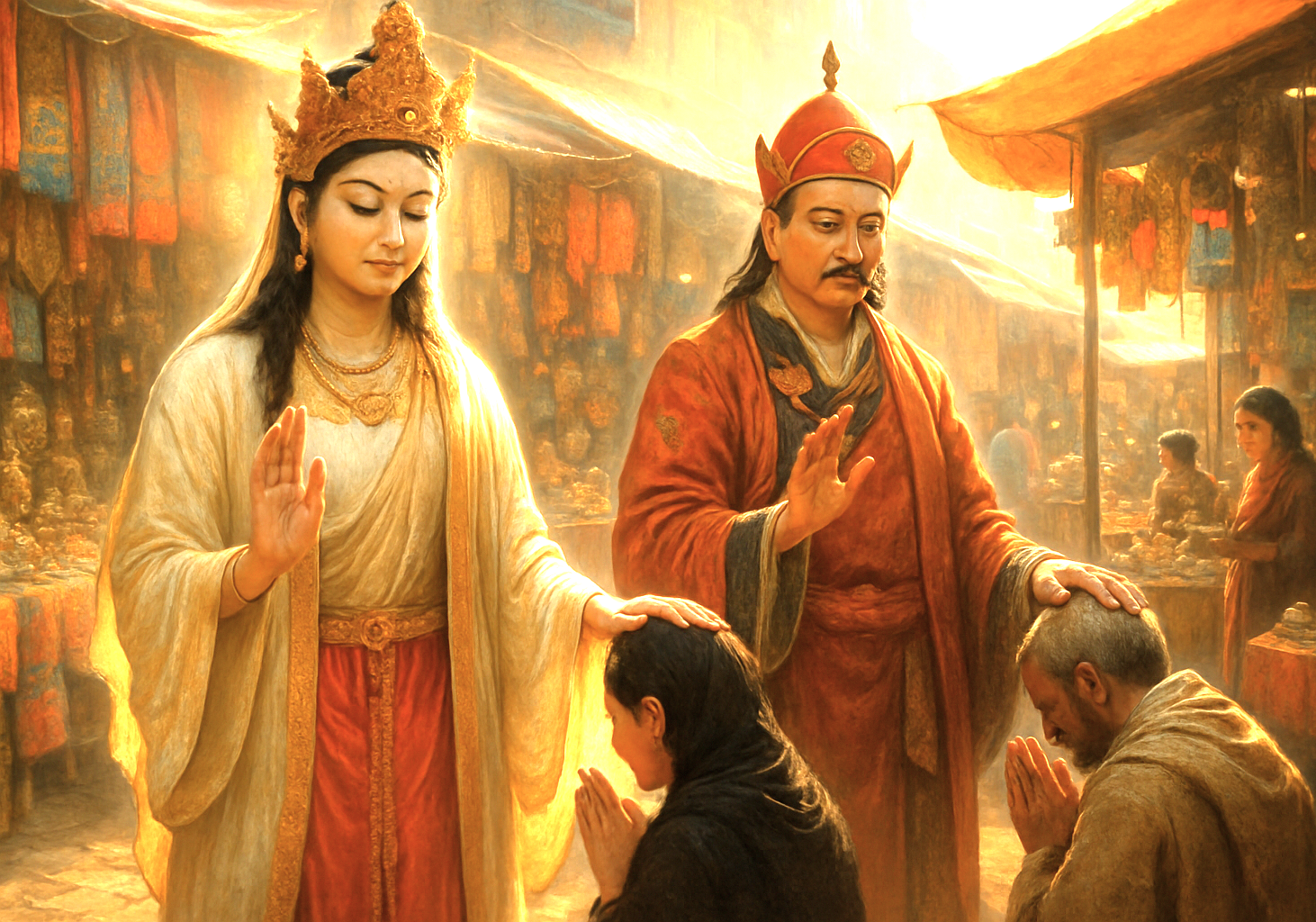
Buddhism is deeply embedded in daily life and practices within the Tibetan Market. The presence of various deities is felt through the sale of statues and trinkets representing figures like Avalokiteshvara, the Bodhisattva of compassion, and Padmasambhava, who is revered in Tibetan Buddhism. Each of these figures carries its own stories and significance, often represented in the craftsmanship of local artisans. This atmosphere invites us to explore these traditions firsthand. You truly feel the spiritual energy flowing through every corner. These sacred symbols inspire profound reverence and guide daily life for many.
Serendipitous Meetings: Beyond the Main Path
Walking through the Market effortlessly leads to unexpected discoveries. You might find artisans at work, skillfully crafting jewelry or weaving textiles, deeply engaged in their trade. As you navigate the narrow lanes, you may stumble upon small cafes offering freshly made Tibetan dishes or local teas. Each corner turned reveals another unique aspect of Tibetan culture, enhancing our exploration.
Resilience and Renewal: Overcoming Adversity’s Challenges
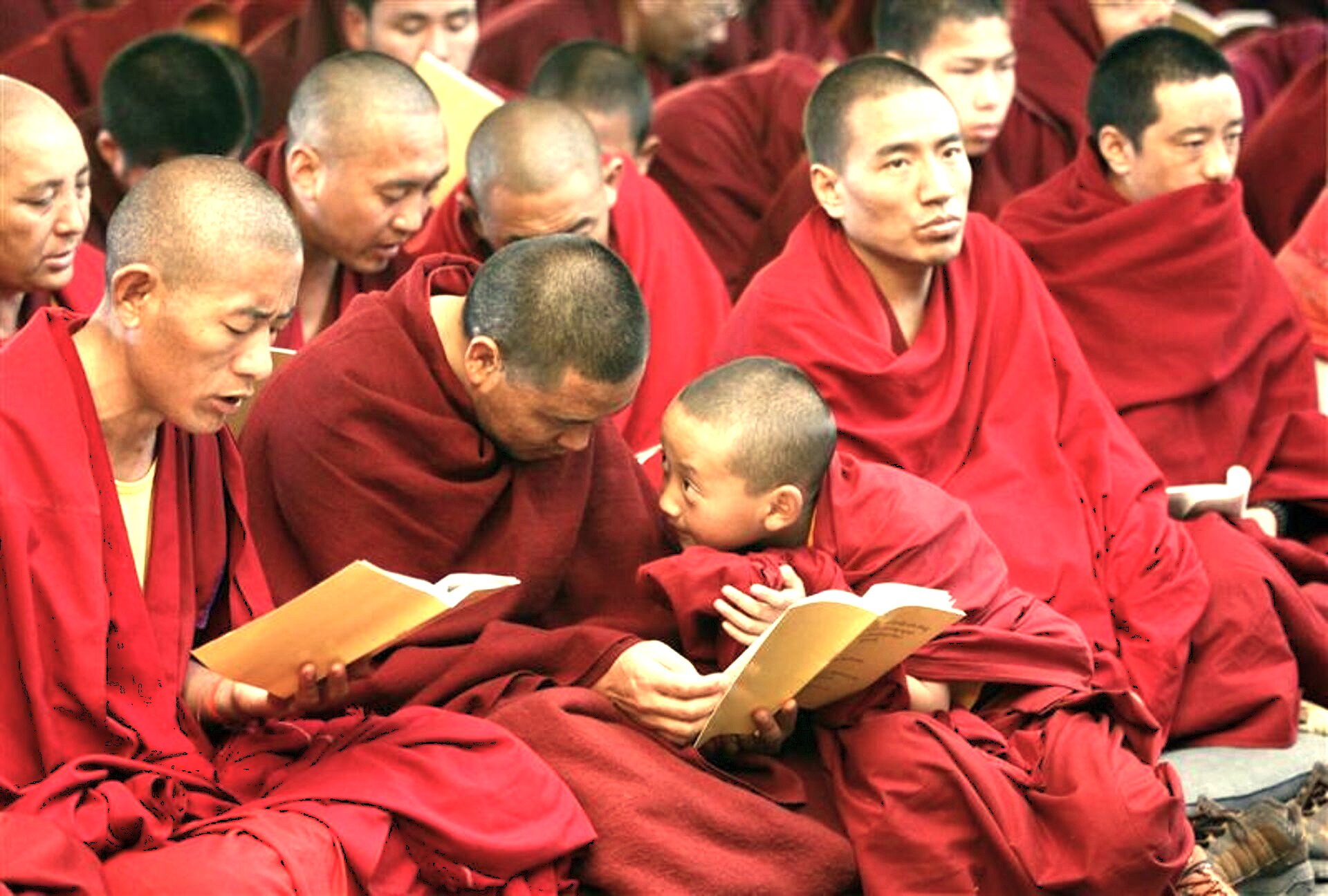
After the massive influx of refugees in the late 1950s and early 1960s, many Tibetan migrants faced numerous challenges in establishing their new home. Despite the initial hardships, these individuals found strength in their community and culture, transforming a small trading post into a thriving marketplace. The market has had occasional political tensions and economic challenges. Yet, their unwavering spirit prevailed, allowing their traditions to flourish. This remarkable perseverance ensured the market's growth and continued success. It stands as a beacon of their heritage.
Urban Legends: Strange Sightings, Myths and Mysteries
Tibetan Market Delhi India. Stories and legends enrich the atmosphere of the Market, adding a layer of mystique to its charm. One popular tale involves the spiritual guardian of the market, believed to be a local deity who watches over the artisans and provides protection from harm. Locals recount tales of inexplicable occurrences, such as sudden gusts of wind or mysteriously illuminated lights, suggesting that this guardian plays a hand in their daily lives. Furthermore, there are whispers of lucky charms hidden within various shops, thought to bring good fortune to those who discover them.
Be The Person Your Comfort Zone Warned You About, Join Us
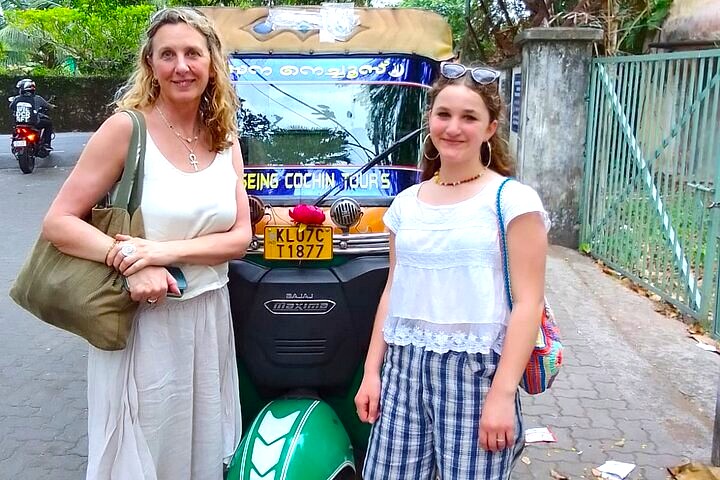
Here we find unique crafts made by local artisans and try some traditional food. The market is full of history and meaningful customs. As we explore the lively streets, you’ll discover the spirit of the Tibetan community that makes this market so special. This journey offers a chance to connect with a unique way of life and learn about its heritage. Every corner reveals a new story, a vibrant textile, or a fragrant spice. Experience the warmth of the vendors and the artistry in their creations. This cultural immersion provides deeper insights. We witness ancient traditions thriving daily, celebrating their rich identity.
Symphony of Generosity: Offerings from Wanderers to Residents
Tibetan Market Delhi India. The Market exemplifies a harmonious exchange between traders and those who come to explore. As we purchase handcrafted items, we support local artisans, helping preserve their cultural heritage and livelihood. This symbiotic relationship nurtures a sense of community and strengthens connections between cultures. Through our engagement, whether through shopping, sharing a meal, or simply conversing with locals, we contribute to the flourishing atmosphere of generosity and mutual respect that defines the market.